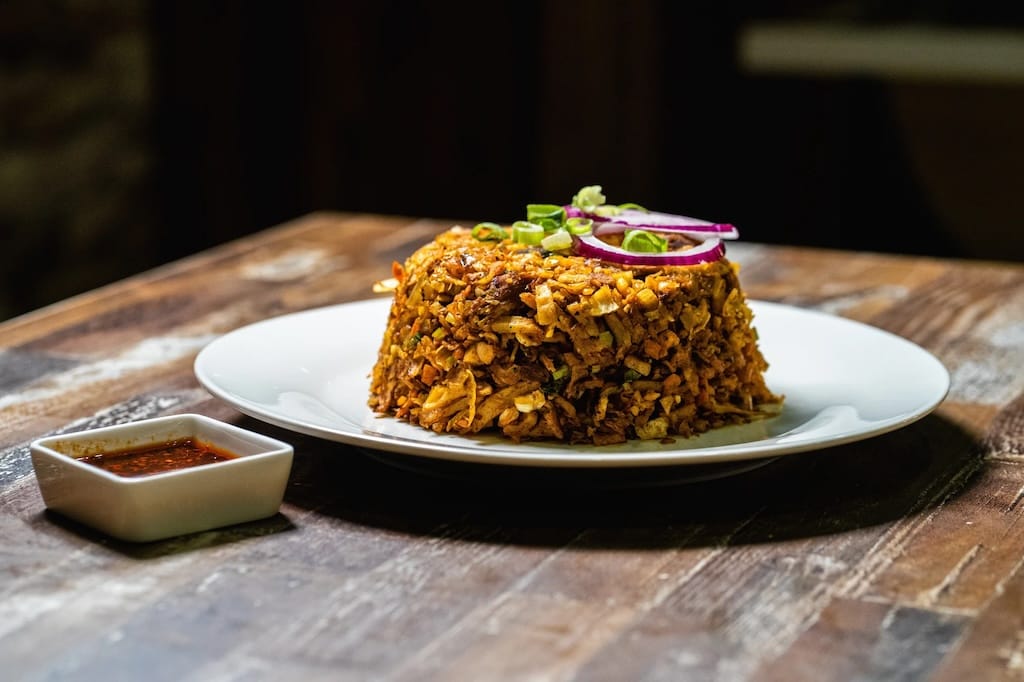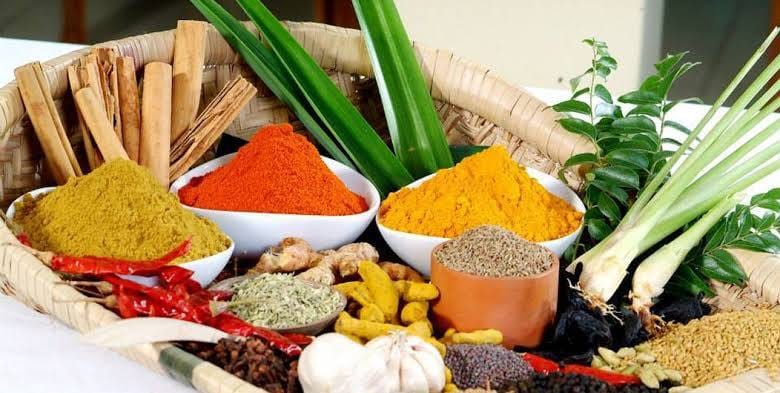Kottu Roti: The Rhythmic Heartbeat of Sri Lankan Street Food
Kottu, which is sometimes spelled "kothu," is a mess. A yummy mess. A thin, flaky flatbread called "godamba roti" is the primary ingredient.

A Sound You Can Taste
Hear it before you see it or eat it!
Clang-Clang! Chop-Chop! A steady beat that sounds like a drumbeat on the street and echoes through the night. A cook is transforming shredded roti into a flavorful feast while dancing with steel blades on a blazing hot griddle somewhere on a busy corner. This is Kottu Roti, the most famous street food in Sri Lanka. It's a dish that's about movement and sound equally as it is about flavor.
What Makes It Special
Kottu, which is sometimes spelled "kothu," is a mess. A yummy mess. A thin, flaky flatbread called "godamba roti" is the primary ingredient. It is then shredded into strips and stir-fried on a griddle along with vegetables, an egg, and your preferred meat (or just cheese, if you're feeling particularly indulgent). This dish is hot, filling, and bursting with flavor when you add a generous ladle of curry sauce and a hit of spicy sambol. It isn't sophisticated.
It isn't delicate. That's the point, though. Kottu, a dish created from leftovers and made a national treasure, is chaos in the best way.
Born on the Streets, Raised by the Island
In the 1970s, Kottu Roti—a clever invention of Tamil Muslim communities seeking to use day-old roti—arose in the eastern city of Batticaloa. As it spread throughout the nation and into the hearts of Sri Lankans from all walks of life, what began as a modest solution swiftly caught fire, both literally and figuratively.
With regional twists and secret sauces that keep things interesting, each big city and small village now has its own version.
“Malli, chicken kottu full ekak danna!”
(Brother, one full chicken kottu please!) – Full here refers to a large portion that feeds two.
Where to Experience It
- Street food Stalls in Cities: The nonstop sounds of metal being beaten rhythmically shall guide you to small kiosks decorated with fluorescent lights.
- Railway Stations & Bus Stands: The transits seem to deliver quick-fire kottu that is cheap ,spicy and filling ; all you need for a long journey.
- Local Eateries: Don’t let the word “hotel" fool you in Sri Lanka! Most local eateries are called hotels for the simple fact that they offer food , conversations and a bit of rest.
Tip: Watch the "Baas" as he works with the metal and vegetables. Baas is a dutch borrowing suggesting the meaning "head or chief".
The Sri Lankan Way to Kottu
The best of Kottu can be experienced when eaten sizzling hot , by fingers or a spoon. Forks can also be handy. Do not forget to order a Ginger-Beer or any fizzy drink , as it helps digest the carb feast quickly. A sugary milk tea with a frothy crown is also recommended as a post-kottu beverage.
Popular kottu varieties include:
- Chicken Kottu – Filling, spicy and fast-moving
- Beef or Mutton Kottu – protein-rich and deeply satisfying
- Egg & Vegetable Kottu – cheap, simple and vegetarian friendly
- Cheese Kottu – new kid on the block. Gooey and finger-licking good!
Some places even serve “Dolphin Kottu” (don’t worry—it’s just code for no veggies).
Best Time to Enjoy
Kottu is a night meal. Locals would crave for a kottu after a long day or a week. It is also enjoyed with a chilled glass of Lion beer. But that does not mean that there is no kottu during mid-day. Most restaurants now serve it for lunch as well.
Final Bite
Kottu Roti is a communal experience rather than merely street food. It's the sound of Sri Lanka after dark, the aroma of spices filling the warm night air, and the delight of a meal composed of basic ingredients that have been expertly blended.
Thus, be all ears the when you're strolling through a Sri Lankan town at dusk. Kottu is talking to the foodie in you!





